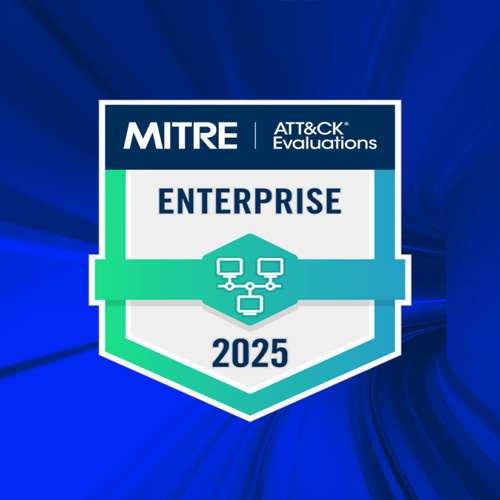
Navin Sadhwani,
Head Channel & commercial business,
RSA
Mobility, ecommerce, cloud computing, big data will be the key business drivers for IT Business in India. Investments in large infra and modernisation projects funded by the government will impact IT growth. Data security and compliance will form the underlying basis of all initiatives. Navin Sadhwani – Head Channel & commercial business – RSA, tells VARINDIA the changing landscape of technology world.
As per Gartner, the Indian security market has been growing rapidly at double digit Annual Growth Rate (AGR) and at a CAGR of 16.4% for the Indian security market from 2008-2013. According to Navin, the potential of the security market in India is huge as most organizations still do not have a complete understanding of various risks of fraud faced by them nor they have an efficient strategy in place to manage these risks.
India: Key to EMC strategy
India is key to EMC’s expanding global business as the country is remarkable in various ways. The government’s intensive focus on IT and e-governance makes India an exciting place. The company continues to invest in India and have been consistently adding workforce. RSA has strengthened the presence of its Education Services Division in the country and is offering various training courses to end users on security awareness, security fundamentals, architecture design and monitoring. Free online trainings are also offering to customers who are migrating from older versions. “We are also working closely with Training Centres in India to offer product administration trainings at subsidised costs, says Navin.
Acquisition of Aveska
RSA recently acquired Aveksa, a leader in Identity and Access Governance (IAG) and Provisioning, two growing areas in the IAM market to complete the solution and make RSA’s offering stronger in the space. “Our customers have been demanding solutions to help them ensure secure and appropriate access to the enterprise, cloud, and mobile resources. With Aveksa added to RSA’s portfolio, we offer a market-leading solution and can strongly increase our strategic relevance to customers.”
Technology Trends
The gaps in the current market point to areas which would demand rapid innovation. They are product intelligence, data sharing, visualization, and usability. Today teams of programmers, data scientists, and subject matter experts to roll their own big data security analytics solution, but few organizations have these resources or budgets. Data visualization for security remains extremely elementary, dominated by pie charts, graphs, and Excel spread sheet pivot tables. Visualization technology is an emerging area today but there is an increasing amount of research and development happening too. Apart from incident detection and security investigations, there is already big data security analytics product development in other areas such as risk management, regulatory compliance, and fraud detection. It is likely that these kinds of big data security analytics will develop with a mix of real-time and asymmetrical product capabilities. Financial services vendors may share discoveries about phishing scams while e-commerce vendors collaborate on fraud detection. In the best cases, individual security professionals will be able to connect and cooperate together with facilitation, but not interruption, from big data security analytics vendors. RSA’s focus will continue around intelligence driven security, big data utilization for security analytics and risk based authentication, maturing into GRC and cybercrime intelligence services.
Verticals
Since technology forms the foundation for growth and performance, BFSI leads in IT implementation as technology forms the foundation for growth and performance. According to Navin, government too will continue to invest in large infrastructure and modernization projects leading to growth. Organizations today have realised the need for a holistic and comprehensive approach towards security. They are not looking out for point solutions but a complete strategic approach which may include multiple products and solutions. “Security solutions must be information and transaction-centric versus perimeter centric. Given the rapid proliferation of malware and attacks, and the increasingly dynamic nature of IT infrastructure, our solutions must take into account facts and circumstances that can be correlated to better mitigate risk. And few organizations have started to understand the changing face of security across,” says Navin.
See What’s Next in Tech With the Fast Forward Newsletter
Tweets From @varindiamag
Nothing to see here - yet
When they Tweet, their Tweets will show up here.





























